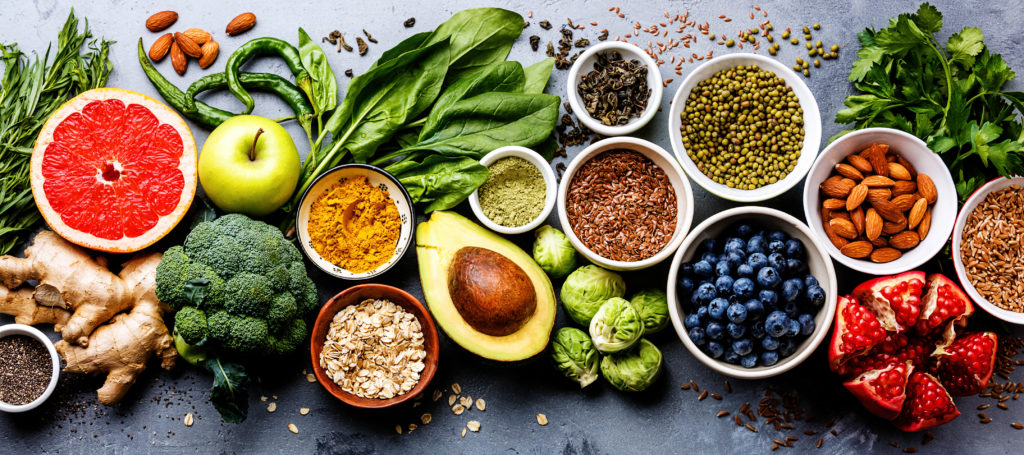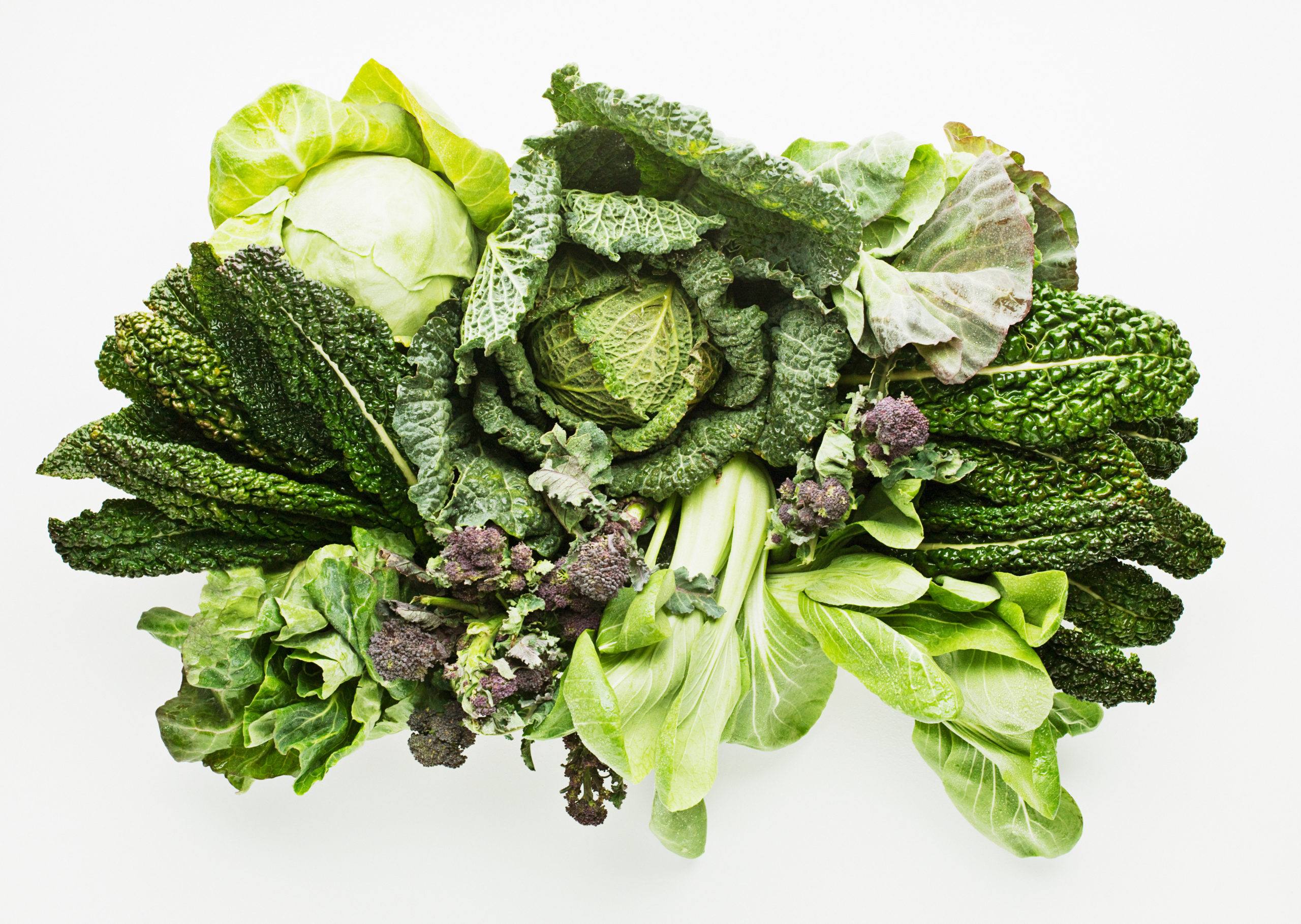How to Make the Most of Leafy Greens
Nutrients provide the power behind your dancing, and leafy greens are a versatile way to get many of the vitamins and minerals you need to maximize your performance, recovery and overall health. (Plus, they’re delicious.) There’s a wide variety of greens to choose from, including arugula, beet greens, Swiss chard, collards, kale, spinach, turnip tops and lettuces ranging from red leaf to romaine. Here’s what they offer and how to make the most of them.
Calcium and Iron
Calcium is necessary for bone strength, nerve conduction and muscle contraction, and you can find it in beet greens, bok choy, collards, kale, spinach and Swiss chard. Certain plant compounds, including oxalic acid, phytic acid and caffeine, can
reduce how much of that calcium your body absorbs, but studies show that when you eat a wide variety of foods overall, they have little consequence on overall calcium status.
Iron is essential for red blood cell formation, and a deficiency can lead to GI issues, fatigue, weakness and dizziness. Leafy greens that are a reliable form of iron include spinach and kale, but iron from plant foods isn’t absorbed efficiently—pair your greens with meats or vitamin C–rich foods like bell peppers, broccoli, kiwi, oranges or tomatoes to maximize absorption.
Key Vitamins
Most leafy greens are good sources of vitamins like A, C, K and folate, which boost countless functions in your brain and body. For example, folate is required for red blood cell formation and is critical for neurologic health and cognitive function; if you struggle with brain fog or mood issues, more folate may help. Vitamins A and C support immune health and play a role in forming collagen, which is the foundation of connective tissue like ligaments, tendons, cartilage and the matrix of bones. Vitamin K also supports healthy bones and is necessary for blood clotting.
Cooked vs. Raw
Raw greens tend to offer more vitamins A and C, because these nutrients can be damaged or drained away by cooking. On the other hand, cooking leafy greens and other vegetables increases the availability of antioxidants, including lutein and lycopene; cooked greens also provide more nutrition simply because cooking reduces their volume, making it easier to eat more in one sitting. For example, a pound (10 to 12 cups) of raw spinach will cook down to one cup of cooked spinach—and offers 18 percent of the RDA for calcium, 36 percent of the RDA for iron and 38 percent of the RDA for magnesium. Including a mix of cooked and raw greens in your diet is the best way to go.
Pro Tips
Maximize your nutrient intake and utilization by including foods from multiple food groups at each meal.
• Leafy greens are rich in the fat-soluble vitamins A and K—enjoy greens with olive oil, avocado or other healthy fats to enhance your absorption.
• Add fresh greens to pastas, salads and smoothies.
• Add chopped, cooked greens to Buddha bowls that include grains and protein.
• Stir a cup of minced greens into stews or casseroles.
• If you find greens too bitter, try adding salt or salty ingredients like bacon or olives to tame the flavor—or try them with a sprinkle of sugar, fresh or dried fruit, or a drizzle of honey.

Calcium vs. Iron?
If you’ve been told to separate calcium supplements from iron supplements to maximize their benefits, you may wonder if you need to keep iron-rich foods separate from calcium-rich foods. The answer is no. In fact, recent research indicates that when you get nutrients from whole-food sources (rather than from supplements), the competition for absorption is minimal.
Use the Whole Plant
When you buy beets, carrots, turnips and radishes, don’t throw the greens away—they are dense in nutrients. Enjoy them cooked or raw, and get creative. For example, when you add sliced radishes to salads, throw in some finely chopped radish greens along with them.




